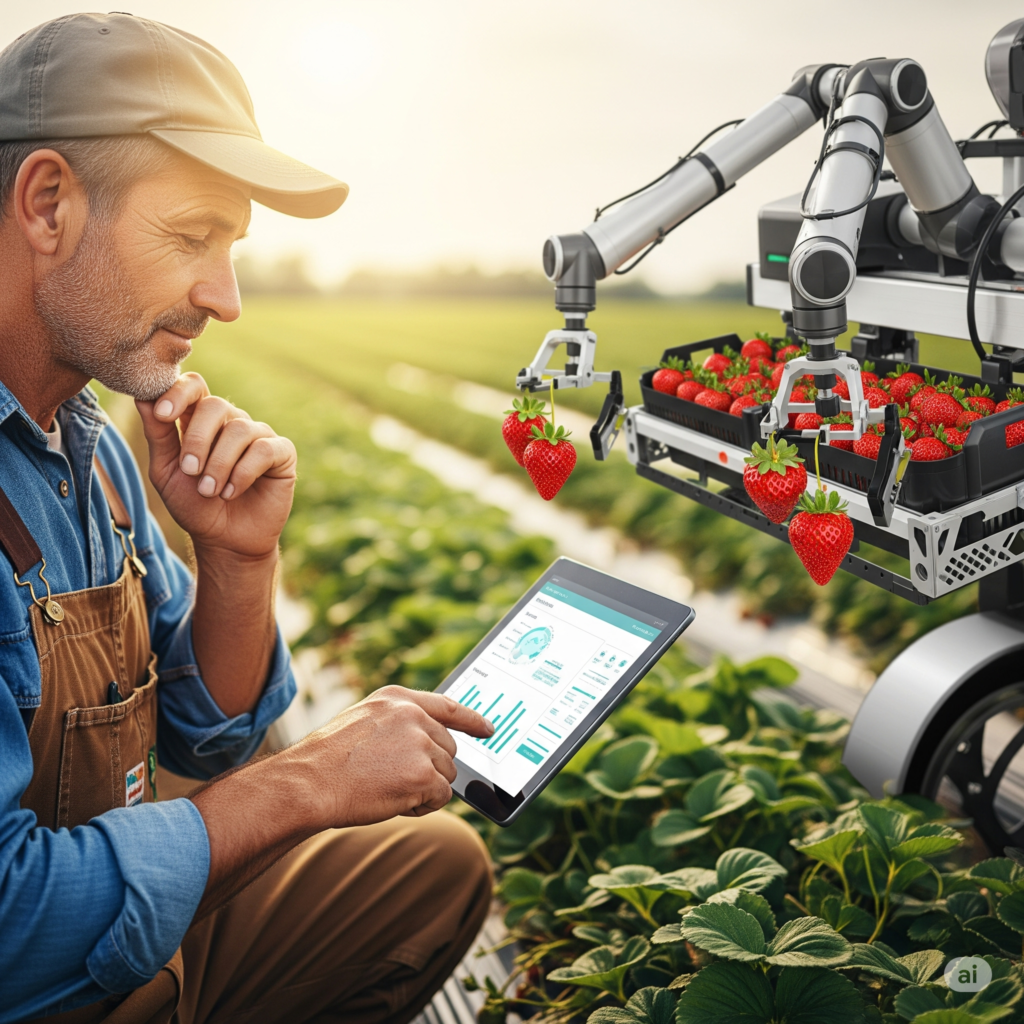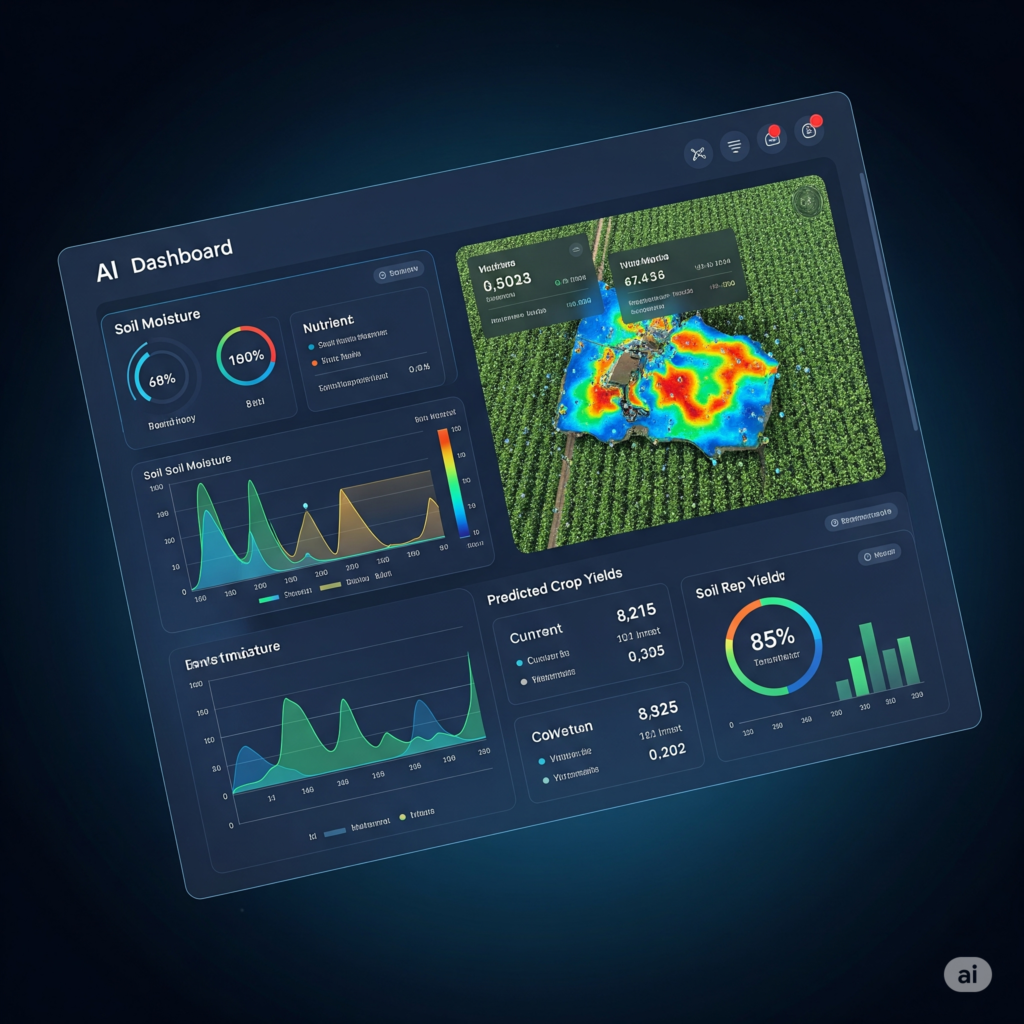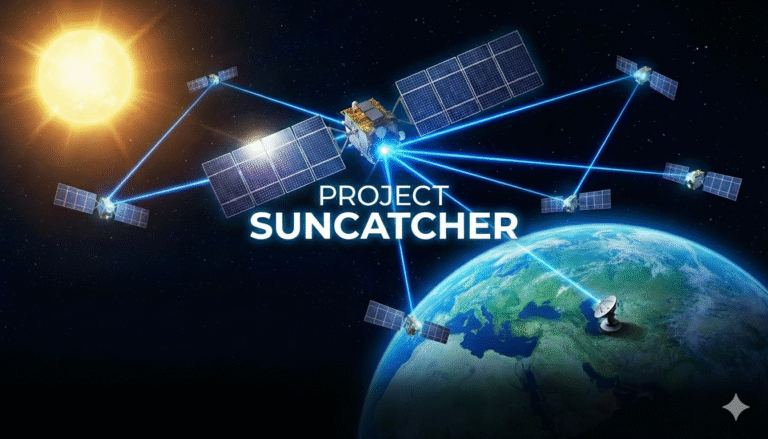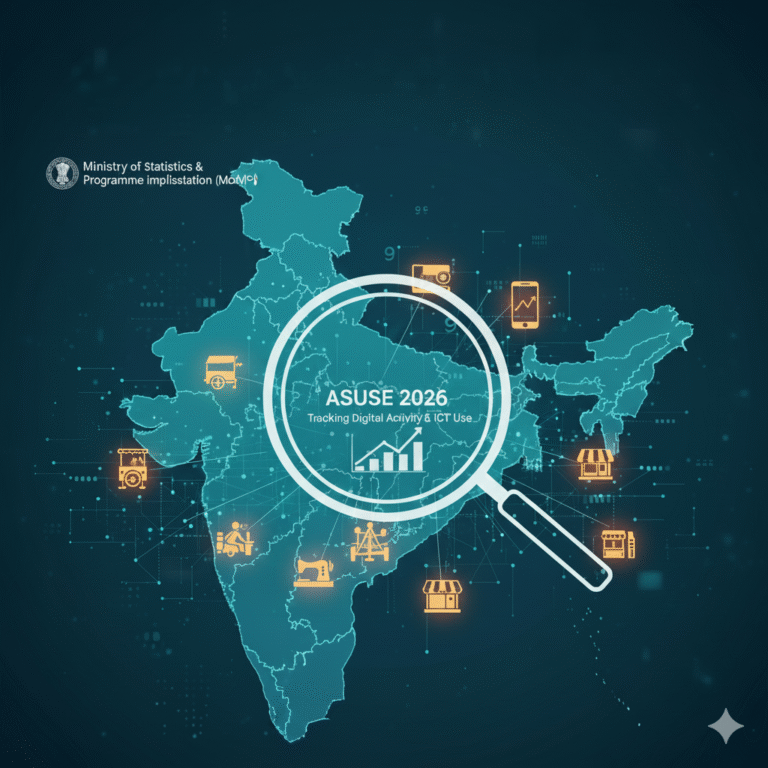n a sun-soaked field in Washington state, a GPS-guided tractor glides silently between rows of crops while a drone buzzes overhead, capturing multispectral images of the land. Thousands of kilometers away, the farmer watches everything unfold from a smartphone. This is not science fiction—it is the present, and it is only the beginning.
Agriculture is entering a groundbreaking new era. From AI-guided robots and drones to self-driving tractors and cloud-integrated systems, technology is redefining farming. It’s not just about efficiency. It’s about sustainability, food security, and enabling farmers to make decisions based on data rather than instinct alone.
The Rise of Autonomous Farms

At the core of this shift is the concept of the fully autonomous farm—a system that can monitor, manage, and execute most farming operations without human intervention. What started as GPS-assisted tractors has evolved into a digital ecosystem powered by Artificial Intelligence (AI), drones, robotic pickers, and edge computing.
Key Components:
- Self-driving tractors: Equipped with GPS, LiDAR, and AI vision systems, these machines can till, sow, and harvest with precision.
- Agricultural drones: Capture high-resolution and multispectral images to detect soil and plant health issues.
- AI algorithms: Analyze data in real-time to suggest or automate decisions on irrigation, fertilization, and pest control.
- Robotic pickers: Harvest crops like strawberries or apples without damaging them.
- Edge computing: Brings real-time processing to the farm, even in areas with limited internet.
Precision Agriculture: Data-Driven Decision Making

Precision agriculture leverages AI and machine learning to maximize yield while minimizing input waste. Here’s how it works:
- Soil Analysis: AI systems evaluate moisture, nutrient content, and texture.
- Plant Health Monitoring: Drones and sensors detect early signs of disease or nutrient deficiency.
- Customized Treatment: Instead of spraying entire fields, only affected areas receive water, fertilizer, or pesticide—saving resources and reducing environmental impact.
These smart decisions lead to higher productivity, lower costs, and eco-friendlier practices.
Real-World Example: Washington State
A farmer in Washington remotely oversees a GPS-enabled tractor as it prepares the land. Overhead, drones gather data that feeds into an AI model, determining which patches of soil need more nutrients or less water. Meanwhile, robotic arms harvest ripe berries with surgical precision.
This synergy of technologies allows for:
- Up to 30% savings on water and fertilizer
- Reduced labor costs
- Consistent crop quality
Benefits of AI-Driven Farming
- Higher Yields: Optimized planting schedules, precise watering, and early disease detection improve output.
- Lower Input Costs: Fewer resources are wasted thanks to real-time decision-making.
- Sustainability: Reduced chemical use and better water management lower environmental impact.
- Labor Reduction: Robots can handle repetitive or physically demanding tasks.
- Resilience: Data-driven planning can better prepare farms for climate extremes.
Major Challenges
Despite the promise, this transformation isn’t without obstacles:
- High Initial Costs: Advanced robotics and AI tools require significant investment.
- Connectivity Gaps: Rural areas, especially in developing countries, often lack high-speed internet.
- Training and Adoption: Farmers need support to learn how to use and maintain new systems.
- Maintenance: High-tech machines require skilled technicians.
To address this, solutions like edge computing and cloud integration are emerging, enabling real-time processing even without constant connectivity.
India and the Global South: A Future Frontier
In countries like India, where over 60% of the population depends on agriculture, AI can be transformative:
- Language-inclusive AI tools can guide farmers in regional dialects.
- Affordable drones and sensors are being developed locally.
- Government support through programs like Digital Agriculture Mission and Kisan Drones.
However, infrastructure and affordability remain concerns. Public-private partnerships and subsidies could be key to widespread adoption.
The Road Ahead: Full Spectrum Automation
Experts predict that large-scale farms will lead the charge, but smaller farms won’t be far behind as technologies become more affordable.
Soon, a typical farm might:
- Use AI to schedule planting based on weather forecasts
- Deploy swarms of weeding robots
- Autonomously harvest multiple crops
- Sell produce through AI-optimized supply chains
AI won’t replace farmers. Instead, it will act as a co-pilot—enhancing human expertise with powerful tools.
Final Thoughts
The agricultural revolution driven by AI is not a distant dream. It is unfolding right now across farms big and small. From remote tractors and fruit-picking robots to real-time AI decisions on when and how to water a field, farming is becoming smarter, more efficient, and more sustainable.
As the world grapples with climate change, population growth, and food insecurity, AI-powered agriculture offers hope—a future where technology and tradition grow together.









+ There are no comments
Add yours